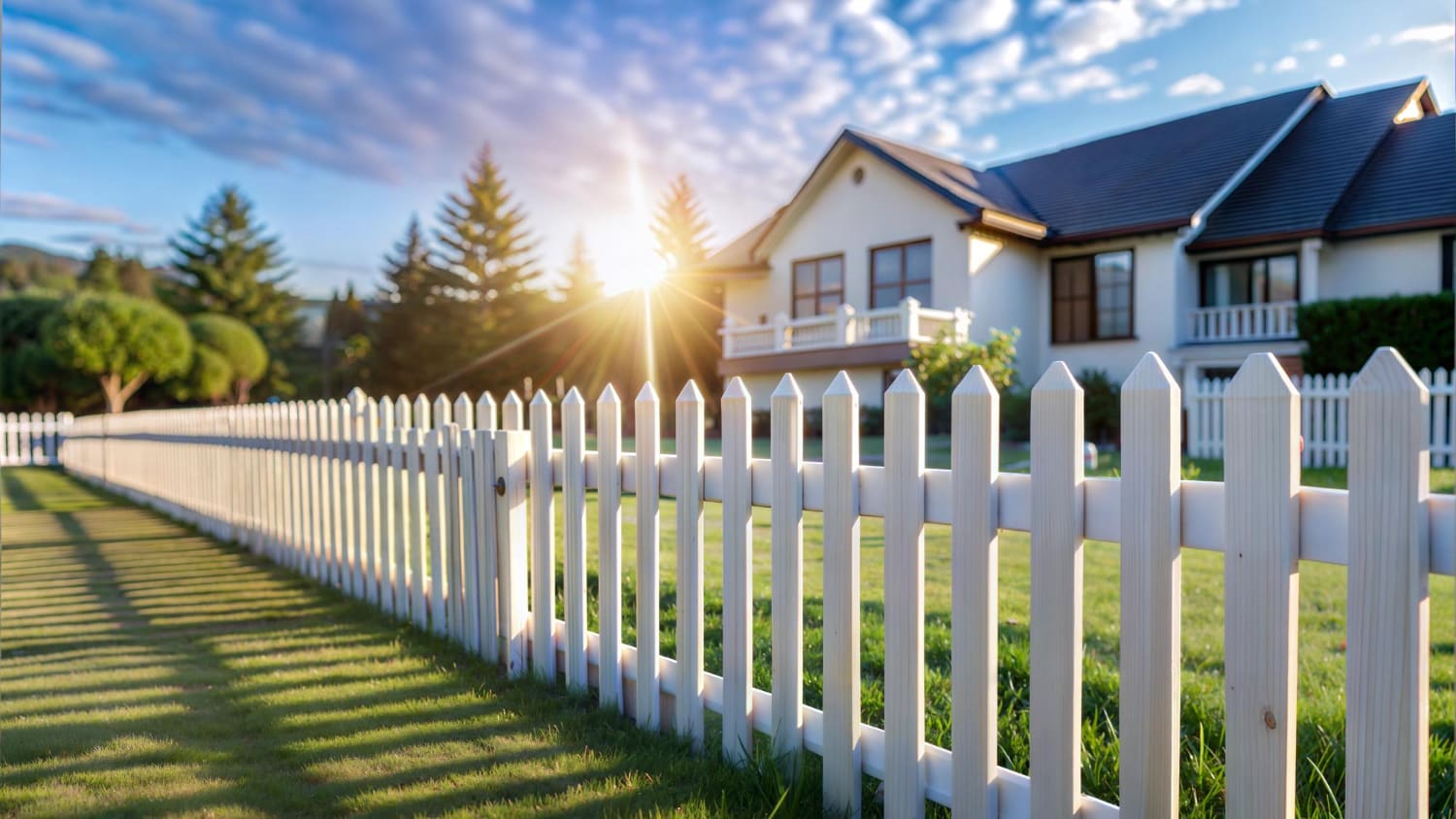Understanding Local Fence Regulations for Homeowners

Building a fence can be a great way to enhance your home’s privacy, security, and aesthetic appeal. However, it is essential to understand the local regulations that govern fencing in your area. Ignoring these rules can lead to fines, forced removal, or even legal disputes. Taking the time to learn about local fence regulations can save you a lot of trouble down the line.
Local fence regulations vary from one region to another. These rules often dictate the height, materials, and placement of fences on residential properties. It is crucial to know these details before you start any fencing project. Being informed can help ensure your fence project goes smoothly and stays within the law.
Complying with local codes and guidelines doesn’t have to be complicated if you know what to look for. This article will help you navigate these regulations, offering insights on common rules, steps to stay compliant, and how to handle any disputes with neighbors. Understanding these regulations will put you in a better position to enjoy the benefits of a well-built fence without any legal headaches.
Why Understanding Local Fence Regulations Is Important
Understanding local fence regulations is critical for several reasons. First, it helps you avoid any legal issues. Many homeowners are unaware that there can be fines or other penalties for not following these rules. By knowing the specific regulations in your area, you can avoid costly mistakes and ensure your fence is up to code.
Next, compliance with local regulations ensures that your fence is safe and reliable. Local codes often include guidelines on the materials and construction methods that are safe for your region’s climate and terrain. These guidelines are designed to prevent accidents and ensure the longevity of your fence. For instance, some areas might have regulations against using certain types of wood prone to decay in wet conditions.
Lastly, being aware of local regulations can help maintain good relationships with your neighbors. Fences can be a source of disputes, especially if they encroach on property lines or block a neighbor’s view. Knowing the rules allows you to navigate these potential conflicts amicably. By following the established guidelines, you show respect for your neighbors’ rights and local community standards.
Common Fence Regulations Homeowners Should Know
When planning a fence, there are several common regulations you should be aware of:
- Height Restrictions: Most areas have rules about how tall a fence can be. Front yard fences are often limited to 3-4 feet, while backyard fences can be taller, usually up to 6-8 feet. This ensures that fences don’t obstruct views or create hazards.
- Material Specifications: Local codes may specify what materials you can use for your fence. Some regions prohibit certain materials, like barbed wire or electric fencing, especially in residential areas. Make sure to check what’s allowed before you buy materials.
- Property Line Requirements: It’s important to know where you can build your fence. Regulations often require fences to be set back from the property line by a certain distance. This is to prevent conflicts with neighbors and ensure you don’t inadvertently build on someone else’s land.
- Permits and Inspections: Many areas require a permit before you can start building your fence. An inspection might also be required once construction is finished to confirm it meets local standards. Check with your local building department to find out the specific requirements in your area.
- Design and Appearance Rules: Some communities have guidelines on the design or appearance of fences to maintain neighborhood aesthetics. There might be restrictions on colors, styles, and even the type of gate you use.
Understanding these common regulations can help you avoid unnecessary fines and ensure your fence project goes smoothly. Be sure to verify these rules with your local government or homeowners association before you begin your project.
Steps to Ensure Your Fence Complies with Local Codes
Ensuring your fence complies with local codes involves several important steps. First, do your research. Before you start your project, visit your local government offices or their website to gather information about the regulations you must follow. This includes understanding height restrictions, materials allowed, and any design guidelines that might be in place.
Next, obtain the necessary permits. Most areas require a permit for fence construction. The permit process ensures that your plans meet local codes and standards. Submit detailed plans of your fence, including measurements and materials, to the local building department to get this permit. Be patient, as the approval process might take some time.
Consult with a professional. Hiring a local fence contractor can be beneficial because they are familiar with local regulations and can help you navigate the requirements. They can also ensure that your fence is built to code, reducing the risk of future problems. While it might be tempting to handle everything yourself, professional guidance can save you from expensive mistakes.
How to Handle Disputes with Neighbors Over Fencing
Disputes with neighbors over fencing can arise, but handling them calmly and respectfully can prevent bigger conflicts. Open communication is key. Before you start your fence project, discuss your plans with your neighbors. Sharing your intentions can help avoid misunderstandings and foster a cooperative atmosphere.
Be aware of property lines. Disputes often occur over the exact placement of the fence. Have a property survey done to confirm the boundary lines. This can provide clear evidence of your property limits and prevent arguments about encroachment.
Consider mediation if needed. Sometimes, despite your best efforts, disputes can escalate. In such cases, mediation can be a viable solution. A neutral third party can help both sides reach an agreement that is fair and acceptable. Mediation can save time, reduce stress, and maintain neighborly relations.
Conclusion
Understanding and following local fence regulations is essential for a smooth and successful fence installation. Being aware of common regulations and knowing the necessary steps to ensure compliance can save you from legal hassles and costly mistakes. Furthermore, handling disputes with neighbors with care and respect can cultivate positive relationships and prevent conflicts.
Investing time in understanding these guidelines and fostering good communication with your neighbors will benefit you in the long run. A well-built, code-compliant fence not only boosts your home’s aesthetics and security but also enhances its value.
If you’re considering a new fence, let SecurePro Fence help you navigate the regulations and build a fence that meets all local codes while adding beauty and security to your home. Contact our residential fence installers today to get started on your fence project!


